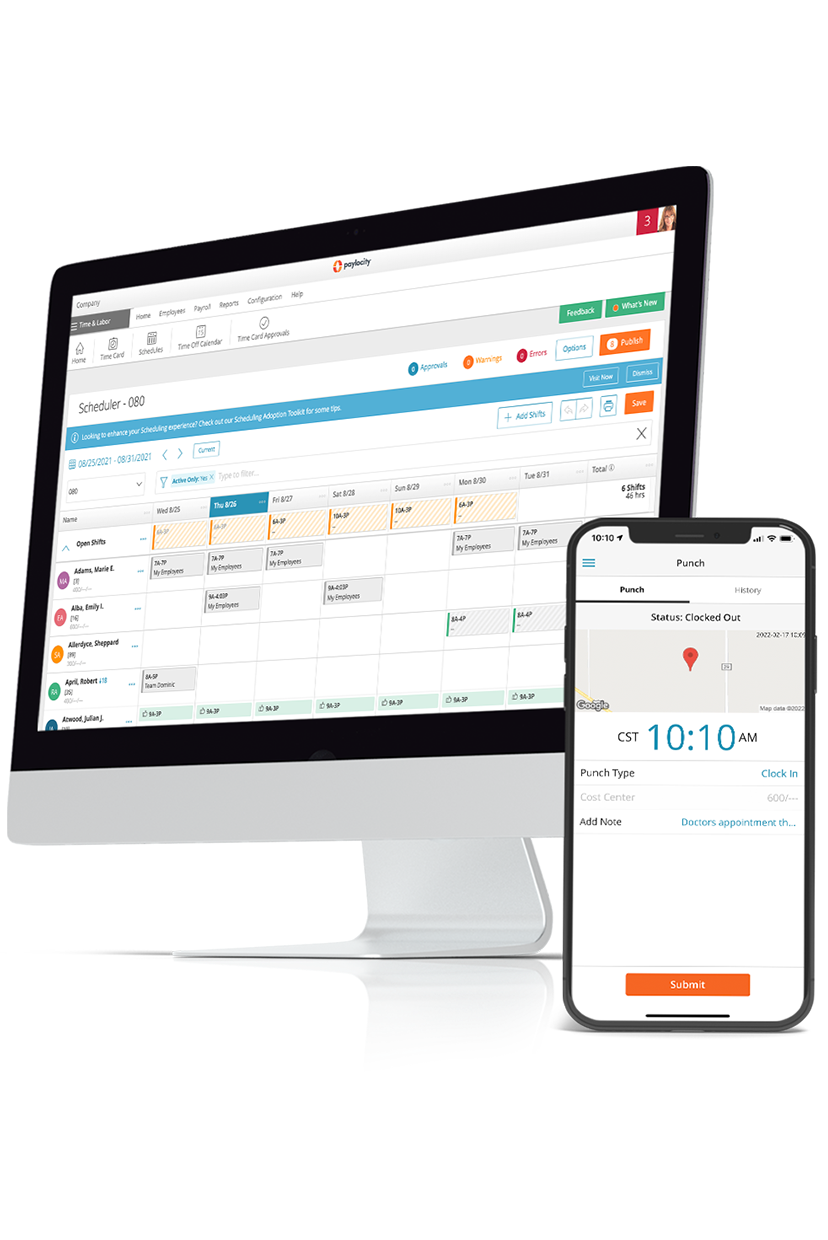resources
From Hire to Retire: Mastering Identity Lifecycle Management for Seamless HR
November 21, 2024
In today’s hyper-connected workplace, managing employee access to countless platforms is a high-stakes balancing act between productivity and security — and ILM is the key to getting it right.

Today’s employees have never been more connected. According to 2023 data from Gartner, the average knowledge worker uses 11 different software platforms regularly, a 50% increase since 2019. Data from 2022 puts organizations’ average tech stack size at well over 100.
This tech overload is starting to come at a cost as organizations struggle to balance employee access to essential tooling while keeping systems secure.
Research from MIT Sloan found that data breaches hit an all-time high in 2023, rising 20% from the year before. And between 2022 and 2023, Microsoft found that password-based attacks increased tenfold.
Blanket access won’t work — and neither will granting and revoking access on an individual basis. Effective identity lifecycle management (ILM) is key to navigating this challenge, maximizing employee access, and prioritizing efficiency and security.
Key Takeaways:
- ILM is a framework that defines how organizations create, adjust, and revoke access to employee tools, accounts, and platforms.
- HR plays a key role in effective ILM by creating the workflows, processes, and centralized source of employee data that lead to a seamless partnership with IT.
- HR teams can drive greater efficiency in the ILM process by streamlining and automating mutual workflows with IT, educating employees on data security, and creating a centralized source of data.
What is Identity Lifecycle Management?
Identify lifecycle management (ILM) refers to the processes, policies, and technology used to manage employees’ access to your organization’s platforms and systems while at your company. It forms part of an organization’s identity and access management framework, and defines how you create, delete, adjust, and manage digital access across your entire workforce.
In today’s workplace, having a strong ILM strategy isn’t just essential from a data security standpoint — it’s also critical to driving a great employee experience. It helps organizations better manage tooling access across their entire workforce and set parameters for access.
In a nutshell, it’s your safeguard for ensuring that the right people have access to an organization’s data and systems for the right reasons.
What are the Key Phases of the Identity Lifecycle?
ILM is a cradle-to-grave framework that triggers as soon as a new employee joins your organization and ends as soon as they leave. Its key phases mirror those of the employee lifecycle:
- New hire onboarding and provisioning: Onboarding and provisioning a new hire involves creating their digital identities (such as a username and password) and defining their access level to different systems and platforms.
- Profile updates and maintenance: Access needs will change over time as employees are promoted or change roles. They will also change as your organization brings in or retires new technology. Having processes in place to update and maintain ongoing employee access is essential.
- Deprovisioning and offboarding: When an employee leaves, organizations must secure their data and accounts by promptly deactivating any identities.
What are the Benefits of Effective ILM?
ILM forms an essential part of organizations’ data security and compliance policies. But thoughtful implementation can also lead to some downstream benefits for the whole organization:
- Enhanced data security and compliance: Manual provisioning processes can be error-prone, increasing organizations’ exposure to data security risks — and at scale, it’s impossible to manage. Automating your ILM process reduces this risk of error.
- Decrease time-to-ramp: In the onboarding process, first impressions count—literally. When employees have access to their tech from day one, they can get up to speed and start contributing more quickly, leading to increased productivity, performance, and profitability.
- Streamline the employee experience: Tech overload is a real thing, with one 2022 Harvard Business Review study finding that the average worker spends 9% of their time at work switching between tools and websites. A streamlined, single sign-on approach to your tech saves your employees valuable time and protects them from tech burnout.
- Boost operational efficiency: Onboarding and offboarding can be high-touch, fragmented processes involving many steps and internal input. But when organizations build an effective ILM workflow, both HR and IT spend less time on sending tickets back and forth, and more time on productive work.
What is HR’s Role in ILM?
If you think that ILM sounds like a problem for the IT department, then you’d be right — but only partially. While IT may handle the tech setup side of things, ILM’s connection to the employee journey makes HR an important strategic and collaborative partner in managing the people-centric aspects of digital access.
At a practical level, this involves effective people data and process management. Building an effective ILM process hinges on having a centralized, accurate source of employee data —otherwise, there’s a security risk of creating ghost accounts or provisioning the wrong level of access to the wrong people.
HR teams must also map core processes to the critical phases of the identity lifecycle to identify the key steps needed to trigger identity creation. For example, in an ILM-optimized onboarding workflow, an employee signing their contract could automatically trigger a cascade of provisioning tasks for IT, such as email address setup and platform access.
By the same token, HR marking an impending employee departure in a centralized database, such as an HRIS, could trigger automated processes to revoke access on the employee’s last day.
Beyond building processes and workflows, HR also plays a crucial role in structuring and mapping roles to their respective levels of digital access across the organization. Many organizations keep platform and data access on a need-to-know basis, often providing employees with different access levels depending on their role, seniority, and responsibilities to maximize data security. HR’s
By carefully defining roles, HR helps ensure that employees have the right access, at the right time, to do their jobs effectively — without over-provisioning, which can pose security risks.
4 Best Practices for Effective ILM
Driving efficient ILM is more than just providing or revoking access. When done well, it’s a strategy that makes your whole organization work better. But at its heart, it’s about aligning processes, people, and technology, ensuring that HR and IT are in lockstep on mutual goals.
Here are four best practices to get this right.
1. Create Two-Way Data Flow Between HR and IT
Siloed IT and HR systems are the death of effective ILM. Because when HR and IT data aren’t in sync, it exposes your organization to an increased level of data security risk.
In the best-case scenario, new hires who got missed off the onboarding list sit for a couple of days twiddling their thumbs while IT works on getting them access to the tooling they need. But in the worst-case scenario, employee access runs unchecked after departure, introducing urgent security risks.
Creating a centralized, single source of truth that updates in real time (such as an effective HRIS or HCM platform, for example), means HR and IT teams both have a secure, accurate way of managing employee user lifecycle management. This removes the need for manual updates between systems and provides both teams with an up-to-the-minute view of the access needs for new hires, movers, and leavers across the organization.
2. Streamline and Automate Key HR Workflows
Onboarding, offboarding, and promotions are part and parcel of HR’s regular workload. But these processes are often a master checklist of tasks involving multiple stakeholders, making them complex to manage at scale.
Automating some or all of the tasks within these HR workflows minimizes the risk of manual errors and streamlines tech provisioning and de-provisioning processes. Instead of HR and IT playing a paper chase to manage and provision access, smart automation can trigger alerts and actions when
3. Educate Employees on Data Privacy and Security Protocols
ILM gives organizations a greater level of access control over how employees access and use company tooling and data. But total control over employee access to tooling should only ever be your last line of defense. Instead, educate your employees on the fundamentals of data security and privacy to equip them to use platforms — especially those that involve company data — responsibly and safely.
Create training that addresses key policies on password sharing and hygiene, as well as secure data handling practices and how to recognize and prevent phishing attacks.
Departments and roles that directly handle proprietary or sensitive data, such as your customer success, finance, or data science teams, may need extra training on where and when they can extract and use data, particularly with the rise of generative AI like ChatGPT.
4. Ensure ILM covers freelancers and contractors
As organizations explore new talent models, it’s led to new challenges in managing tooling access for non-permanent or time-limited hires, such as freelancers and contractors.
While organizations’ exact approaches and levels of comfort may differ here, it’s best to follow the same rule of thumb that you use for the rest of your workforce: Grant access based on the principle of least privilege.
This means that if you’re hiring a freelance software engineer, they should only have access to the tools and data that help them complete their work—whether that’s internal messaging with selected team members, a specific tool, or access to your database.
In the case of project work, this access should also be time-bound, expiring as soon as the project ends, and it must be held to the same security protocols as full-time employees.
Evaluating each identity request on a case-by-case basis helps organizations collaborate more effectively with alternative talent sources while maximizing data security.
Secure, streamlined ILM with Paylocity
ILM is a critical part of how your organization keeps employees working at their best while making sure your data and platforms stay safe. But ILM can only work at its best when HR and IT collaborate closely.
Make sure you align data practices, establish streamlined workflows, and buildmutual accountability for managing user access across every stage of the employee lifecycle.
Paylocity’s Identity and Access Management capabilities simplify this process for teams, enabling cross-functional identity lifecycle management provisioning in one intuitive platform. IT teams get a unified platform to manage provisioning efficiently, while HR teams can create a streamlined, friction-free employee experience where everyone has what they need to do their best work from day one.

Maximize Productivity the Right Way
Get out of time-consuming processes while knowing your employees are set up for day-to-day success. The costs - and headaches - of manually scheduling, tracking, and managing your workforce's time adds up fast. Use the right tools to automate where it matters, while delivering a modern, user-friendly experience for employees and their managers.


